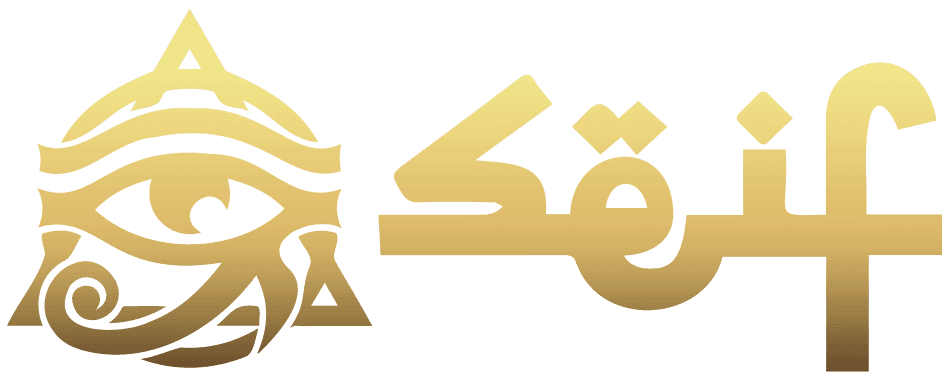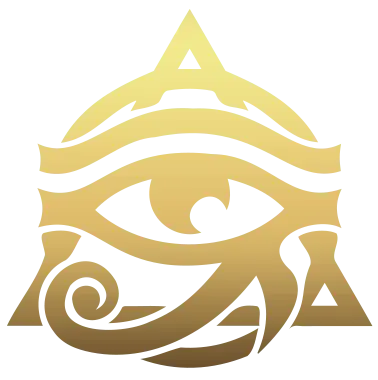Traditional Learning vs Modern Learning: What’s the Real Difference?🏫🆚💻
Introduction
Education has always been the cornerstone of personal and professional development. But the way we learn has changed dramatically over the last few decades. The shift from traditional classroom settings to digital platforms has transformed not just the tools and techniques of education, but also how people think, interact, and grow intellectually.
In the past, education was mainly confined to textbooks, blackboards, and physical classrooms. Teachers were the sole source of knowledge, and students had limited access to alternative resources. Today, with the rise of modern learning methods—like online courses, mobile apps, and AI tutors—knowledge is more accessible, personalized, and engaging than ever before.
So, what exactly sets traditional and modern learning apart? Why should it matter to you, whether you’re a student, parent, or professional trying to upskill?
This blog dives deep into the core differences between these two approaches and explores why understanding them can shape your educational choices and future success. Whether you’re debating enrolling in a university or learning via YouTube and ChatGPT, this comparison will help guide you in the right direction.
1. Learning Environment
Traditional learning typically occurs in a structured classroom with a fixed schedule, desks, and in-person lectures. Students follow a rigid curriculum set by institutions.
Modern learning, on the other hand, thrives in flexible environments—at home, in cafés, or even while commuting. Thanks to platforms like Coursera, Udemy, or Khan Academy, learners access content on demand.
This flexibility makes education more inclusive and convenient, especially for busy professionals or parents.
2. Role of the Teacher
In traditional classrooms, teachers are the central authority—they present information, assign homework, and evaluate performance. Learning is one-way and often lecture-based.
Modern learning shifts the role of the teacher to a facilitator or guide. Students take a more active role through discussions, peer collaboration, and project-based learning.
In some cases, platforms like ChatGPT or Seif’s WhatsApp Learning Group can act as AI mentors, giving learners real-time help and feedback.
3. Accessibility and Flexibility
Traditional education can be expensive and location-bound. You must attend a specific school at specific times, which limits accessibility.
Modern education is global and scalable. You can learn Python from a Harvard course on edX or join language practice groups like our Dutch WhatsApp Channel from anywhere in the world.
This democratizes learning, making it available to people from all walks of life.
4. Tools and Technology
Traditional classrooms rely on printed books, chalkboards, and face-to-face interactions. Tech integration is often limited to projectors or computer labs.
Modern learning uses multimedia tools like videos, podcasts, mobile apps, and AI tutors. Tools like Zoom, Google Classroom, and Notion have become essential to modern education.
This enhances understanding through visuals, simulations, and interactive experiences.
5. Assessment Methods
Exams, standardized tests, and written assignments dominate traditional learning. These methods often measure memorization rather than understanding.
In contrast, modern learning embraces continuous and personalized assessments—quizzes, online portfolios, gamified tests, and peer reviews.
Progress tracking has become more insightful and adaptive thanks to analytics and AI-powered dashboards.
6. Personalization
Traditional systems often use a “one-size-fits-all” approach. All students receive the same content at the same pace, regardless of their strengths or interests.
Modern learning is deeply personalized. Algorithms recommend content based on performance, and learners can skip, repeat, or deep-dive into topics as needed.
Platforms like Duolingo or Notion allow learners to build their own custom journey.
7. Motivation and Engagement
Let’s face it—traditional classrooms can be dull. Passive listening doesn’t excite most learners.
Modern methods boost engagement through gamification, live quizzes, achievement badges, and real-world simulations. Social learning communities and online forums help sustain motivation.
For example, joining our Seif Community gives learners access to weekly challenges and language practice reminders.
8. Cost Efficiency
Traditional education can cost thousands in tuition, transport, and materials. Not to mention the cost of lost time if classes aren’t flexible.
Modern learning is often free or significantly cheaper. You can master coding, languages, or business for under $50—or even for free through open courses.
You save both time and money, while accessing premium knowledge.
9. Lifelong Learning Mindset
Traditional education often ends with a diploma. After graduation, many stop learning unless it’s required by work.
Modern learning promotes lifelong curiosity. With resources always at your fingertips, you’re encouraged to keep learning new skills—even into retirement.
This shift is essential in a world where technology changes job markets fast.
10. Social Interaction
A common critique of online learning is the lack of social interaction. Traditional classrooms offer friendships, debates, and physical collaboration.
However, modern tools now allow for social learning via forums, video calls, Discord channels, and WhatsApp groups like this one.
While different, these interactions are still meaningful and supportive.
Why It Matters to You
Whether you’re a student deciding between university or self-learning, or a parent helping your child grow, understanding these differences helps you make better decisions.
Modern learning is not replacing traditional education—it’s enhancing and complementing it.
In today’s fast-paced, tech-driven world, blending both approaches is often the smartest strategy.
Conclusion
Traditional and modern learning both have their strengths, but the key is knowing which works best for your goals and lifestyle.
Modern education offers flexibility, accessibility, and personalization that fits our digital world. But it doesn’t mean we should discard all traditional values—structure, discipline, and human interaction still matter.
By understanding these methods, you can design your learning path with clarity and confidence.
Want support on your learning journey? 👉 Join our WhatsApp Community and never study alone again!


